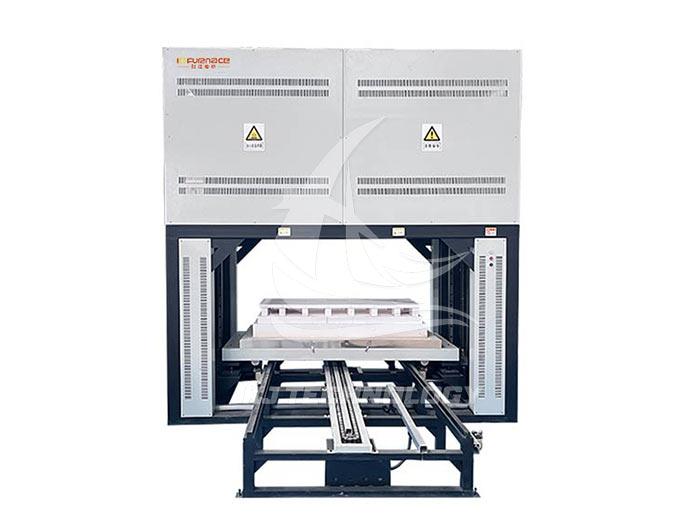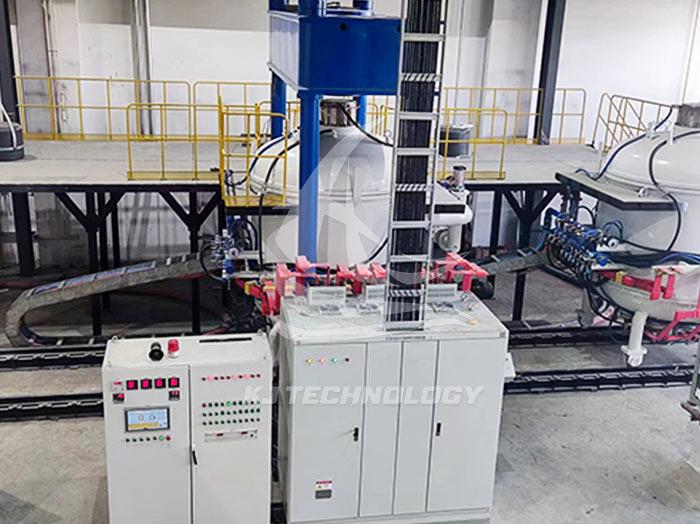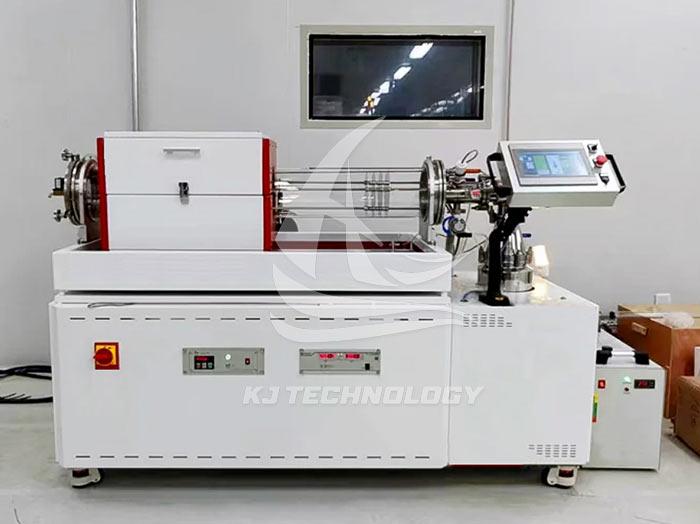What processes can be used in laboratory powder sintering furnaces?
 08-08-2025 Author: KJ technology
08-08-2025 Author: KJ technology
The laboratory powder sintering furnace can achieve various sintering processes, including atmospheric pressure sintering, atmosphere sintering, vacuum sintering, hot pressing sintering, microwave sintering, etc. The specific introduction is as follows:
1. Atmospheric pressure sintering process: Sintering is carried out under normal atmospheric pressure, suitable for various ceramic materials, powder metallurgy materials, etc. For example, ordinary alumina ceramics, iron-based powder metallurgy parts, etc. can improve their density and mechanical properties through atmospheric sintering. This process requires precise control of heating rate and holding time to avoid sample cracking due to thermal stress.
2. Atmosphere sintering process: Sintering is carried out in a specific atmosphere environment (such as vacuum, hydrogen, nitrogen, argon, etc.), which can prevent material oxidation and decarburization, improve the microstructure and properties. For example, sintering refractory metals such as tungsten and molybdenum in a hydrogen atmosphere can remove impurities and improve purity; Sintering nitride ceramics such as silicon nitride and boron nitride in a nitrogen atmosphere can promote densification.
3. Vacuum sintering process: Sintering is carried out in a vacuum environment, which can effectively prevent metal oxidation and decarburization, improve product quality, and is suitable for sintering high-performance powder metallurgy products.
4. Hot pressing sintering process: Applying pressure while heating can reduce sintering temperature, shorten time, improve material density and properties, and is commonly used to prepare high-performance ceramic matrix composites, hard alloys, etc. For example, tungsten carbide cobalt hard alloy can achieve high hardness and wear resistance through hot pressing sintering.
5. Microwave sintering process: Using microwave electromagnetic fields to generate heat through high-frequency vibration and friction of polar molecules or ions inside the material, achieving rapid sintering. This process has the advantages of fast heating speed, uniformity, and energy saving, and is suitable for various ceramic materials, metal materials, and composite materials. It can especially control the grain growth of nanomaterials and obtain small and uniform grain structures.








